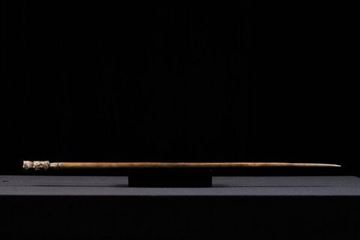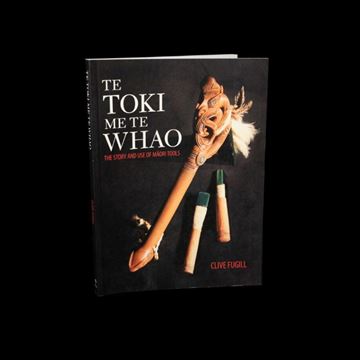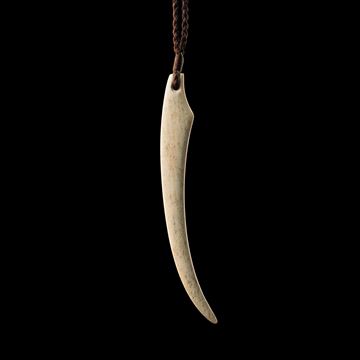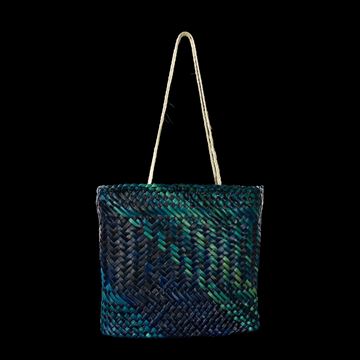
Āhua Gallery
Select Subcategory
Pāpaka (ed. 2/12) - 4080FD
Pāpaka (crab catching stick) originated in Hawaiki (the original homeland of Māori). Rēhua (the god of fish) handed a pāpaka to a rangatira (chief) before his journey to Aotearoa. This pāpaka is part of a limited edition of 12 bronze casts from an original wood carving by Kawana Waititi. The original will remain part of the New Zealand Māori Arts and Crafts Institute legacy collection.
$3,900.00
Huia Beak - 5696RH
The huia bird held deep significance in Māori culture, symbolizing nobility, leadership, and high status. Its distinctive, white-tipped tail feathers were highly valued and worn by chiefs to represent their mana, or authority and prestige. These feathers were also exchanged as treasured gifts of friendship and kept in beautifully carved boxes called waka huia. Sadly, the huia became extinct in the early 20th century, largely due to habitat destruction, introduced predators, and overhunting, despite efforts to protect it.
Material: Parāoa (Whalebone)
Measurements: 140mm x 18mm x 8mm
$590.00
Kete Whakairo - 5824RW
Kete whakairo are woven flax bags of a finer quality than the general utilitarian kete. They are normally made from prepared strips of flax and/or kiekie, some of which have been dyed. Kete whakairo may also feature geometric designs.
Material: Harakeke
Measurements: 220mm x 230mm
$590.00




